Rising Healthcare Expenditure
Healthcare expenditure in South America has been on the rise, which is positively impacting the transarterial chemoembolization market. Increased investment in healthcare infrastructure and services is facilitating access to advanced cancer treatments. Governments and private sectors are allocating more funds towards oncology services, which includes the adoption of transarterial chemoembolization as a viable treatment option for liver cancer. Reports indicate that healthcare spending in the region is expected to reach $500 billion by 2026, with a significant portion directed towards innovative cancer therapies. This financial commitment is likely to bolster the transarterial chemoembolization market, making it more accessible to patients across various demographics.
Supportive Government Policies
Supportive government policies aimed at improving cancer care are playing a pivotal role in the transarterial chemoembolization market in South America. Initiatives to enhance access to cancer treatments, including subsidies and funding for innovative therapies, are encouraging healthcare providers to adopt transarterial chemoembolization as a standard treatment option. Furthermore, regulatory frameworks are being established to streamline the approval process for new medical technologies, which could lead to a faster introduction of advanced transarterial chemoembolization techniques. As a result, the market is expected to see a positive impact from these policies, with an anticipated growth rate of 9% over the next few years, as more patients gain access to effective cancer treatment options..
Technological Innovations in Medical Devices
Technological innovations in medical devices are significantly influencing the transarterial chemoembolization market in South America. The introduction of advanced imaging techniques and catheter technologies has improved the precision and effectiveness of the procedure. These innovations not only enhance the safety profile of transarterial chemoembolization but also expand its applicability to a broader range of patients. As hospitals invest in state-of-the-art equipment, the quality of care provided is likely to improve, leading to better patient outcomes. The market is expected to benefit from these advancements, with a projected increase in adoption rates of around 12% in the coming years, as healthcare providers seek to leverage new technologies to optimize treatment efficacy.
Growing Awareness of Cancer Treatment Options
There is a growing awareness among the South American population regarding various cancer treatment options, including transarterial chemoembolization. Educational campaigns and outreach programs by healthcare organizations are playing a crucial role in informing patients about the benefits and availability of this treatment. As awareness increases, more patients are likely to seek out transarterial chemoembolization as a preferred option for managing liver cancer. This trend is expected to contribute to a steady increase in market demand, with projections indicating a potential market growth of 10% over the next few years. Enhanced patient knowledge is likely to drive consultations and treatment uptake, thereby positively influencing the transarterial chemoembolization market.
Increasing Demand for Minimally Invasive Procedures
The transarterial chemoembolization market in South America is experiencing a notable surge in demand for minimally invasive procedures. Patients and healthcare providers are increasingly favoring treatments that reduce recovery time and minimize surgical risks. This trend is reflected in the growing number of hospitals and clinics adopting transarterial chemoembolization techniques, which are perceived as less traumatic compared to traditional surgical options. As a result, the market is expected to expand, with estimates suggesting a growth rate of approximately 8% annually over the next five years.. This shift towards less invasive treatments is likely to enhance patient satisfaction and improve overall treatment outcomes, thereby driving the transarterial chemoembolization market in the region.


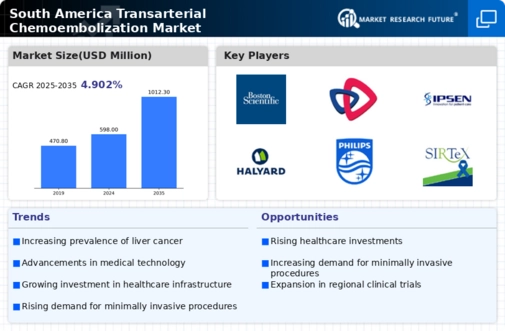
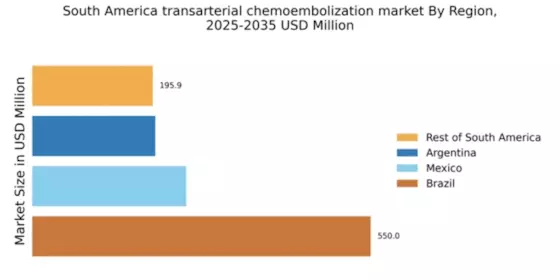

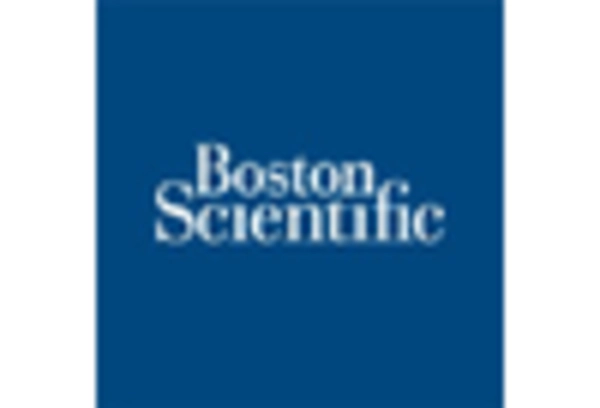
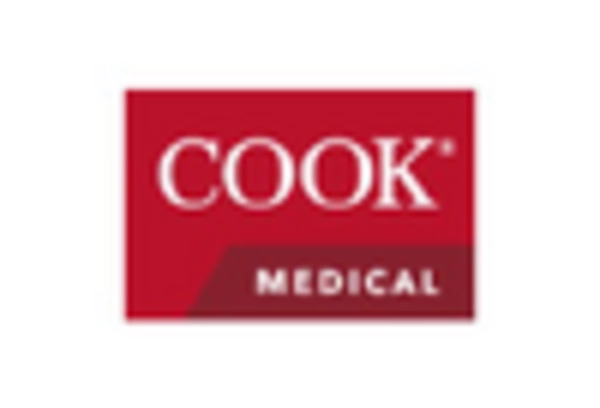
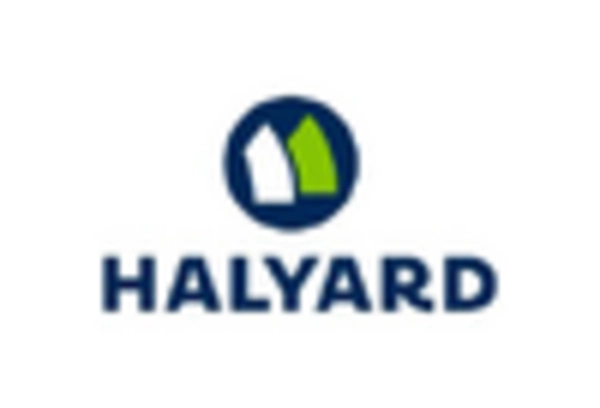

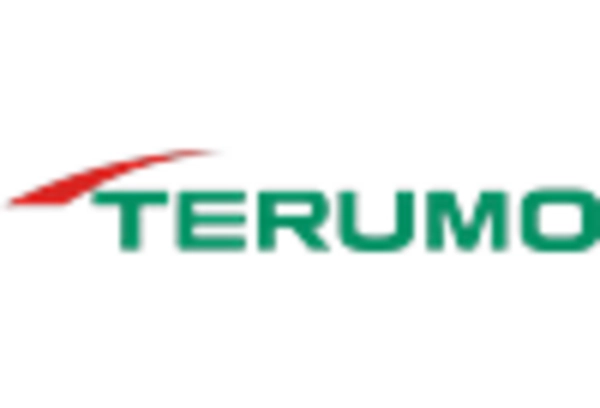








Leave a Comment